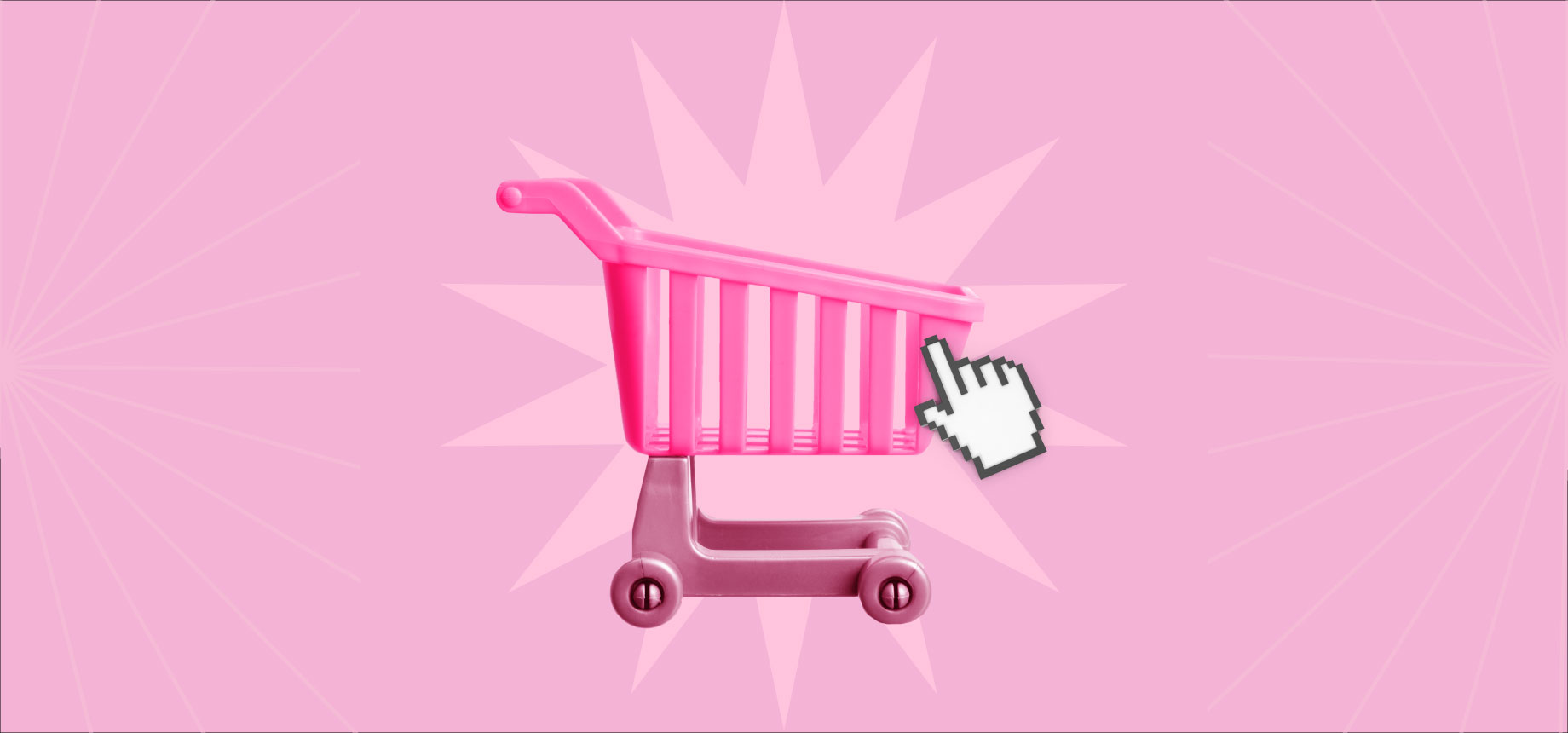
Wireless keyboards, good microphones, mouses, computer support, webcams and more – who would say that we’d suddenly need them so badly? Due to the COVID-19 crisis, health organizations and governments started recommending home-office to those who could work remotely and many people were faced with the sudden need to transform their houses into a small office environment.
Not everyone was equipped with the best infrastructure to be able to work, so this recent high demand for electronics devices proved to be a great growth opportunity for the consumer electronics industry.
This has prompted these industry brands to move towards a direct-to-consumer approach. By entering this universe, there need to be strategies to keep consumers, engage them and increase sales. Below are five ways to improve customer experience and boost ecommerce operations in the consumer electronics business.
Delivering a complete product page with product descriptions, reviews, comments and other strategies to showcase merchandise is very influential in the shopping process. The customer journey is motivated by various elements and one of the most important is social proof.
According to the Medill Spieager Research Center, displaying reviews for higher-priced products can increase conversion rates by 380%. This means that customer reviews, testimonials, certifications and endorsements from experts in the industry can be helpful in making or breaking a sale. A leading company in the tech industry has identified that a customer can have up to 30 points of interaction with a product before deciding on a purchase.
Basically, the tip here is: the more information, the better. Social proof works not only inside the ecommerce website but also on social media. It’s very important to keep your brand updated in terms of relevancy in every single channel.
Beyond just offering information on the product that you are selling, why not offer clients the latest news in technology and other electronics products? Motorola has its own blog where customers can get not only a sneak peek at new releases, but also what innovations are happening in the tech world.
By bringing experts closer, the brand becomes more trustworthy because it owns the industry and can offer valuable information about it. Buying consumer electronics is often an investment and clients want to be sure that they are buying the best there is. Promoting content like that is convenient and can influence their shopping decisions.
Another good example is partnering with noteworthy technology blogs and news portals to leverage their own knowledge and include branded content in your marketing strategies. This is really important because it brings visibility from other sources, not the brand itself.
Live shopping is a recent trend that has been changing the way brands deal with online sales. Having a live shopping experience inside your website can prove to be a good way of increasing traffic, achieving greater consumer engagement and offering them a better shopping experience. Because it is a relatively recent technology, it’s important to keep tabs on what the industry is doing with the capabilities that live shopping offers.
Brands like Samsung and Motorola have already jumped on board. In Mexico, Samsung’s website saw a 192% increase in the number of sessions and a 129% increase in the number of items added to cart during the one-hour duration of its last event. In Chile, the order percentage grew by 163% compared to a normal online shopping day, which resulted in an almost fourfold increase in the turnover.
What is more technological than virtual reality? Something that most people could only picture in futuristic scenarios is becoming more real each day. Ecommerces are already surfing on this wave. Whether it’s on an online fashion store or a consumer electronics website, AR features have been helpful in helping customers visualize products in the real world.
There is one technology called point and place, where customers are able to use their phone cameras to see how a specific product would look in their own office space, gaming area, or any other desired location. They can do that by scanning a QR Code or just having a quick 360-view of the product they are looking to buy. For Logitech Argentina, this feature has led to a 74% uplift in the add to cart rate, proving to be a successful influence in the buying process.
Thanks to product advancements, new technologies pop up all the time. It is common to see new generations of computers, laptops, smartphones and digital cameras that are six months apart.
With this wide range of options, it becomes hard for consumers to make the right choice which can affect their experience with the industry in general. By installing a comparison feature, customers can check each product’s specifications and understand which one is a better fit for what they need.
VTEX’s Product Comparison app, for instance, compares specifications of pre-selected SKUs, allowing store users to better understand their needs when shopping. Each product block can be leveraged into a customized product comparison page and customers can choose which ones to compare.

